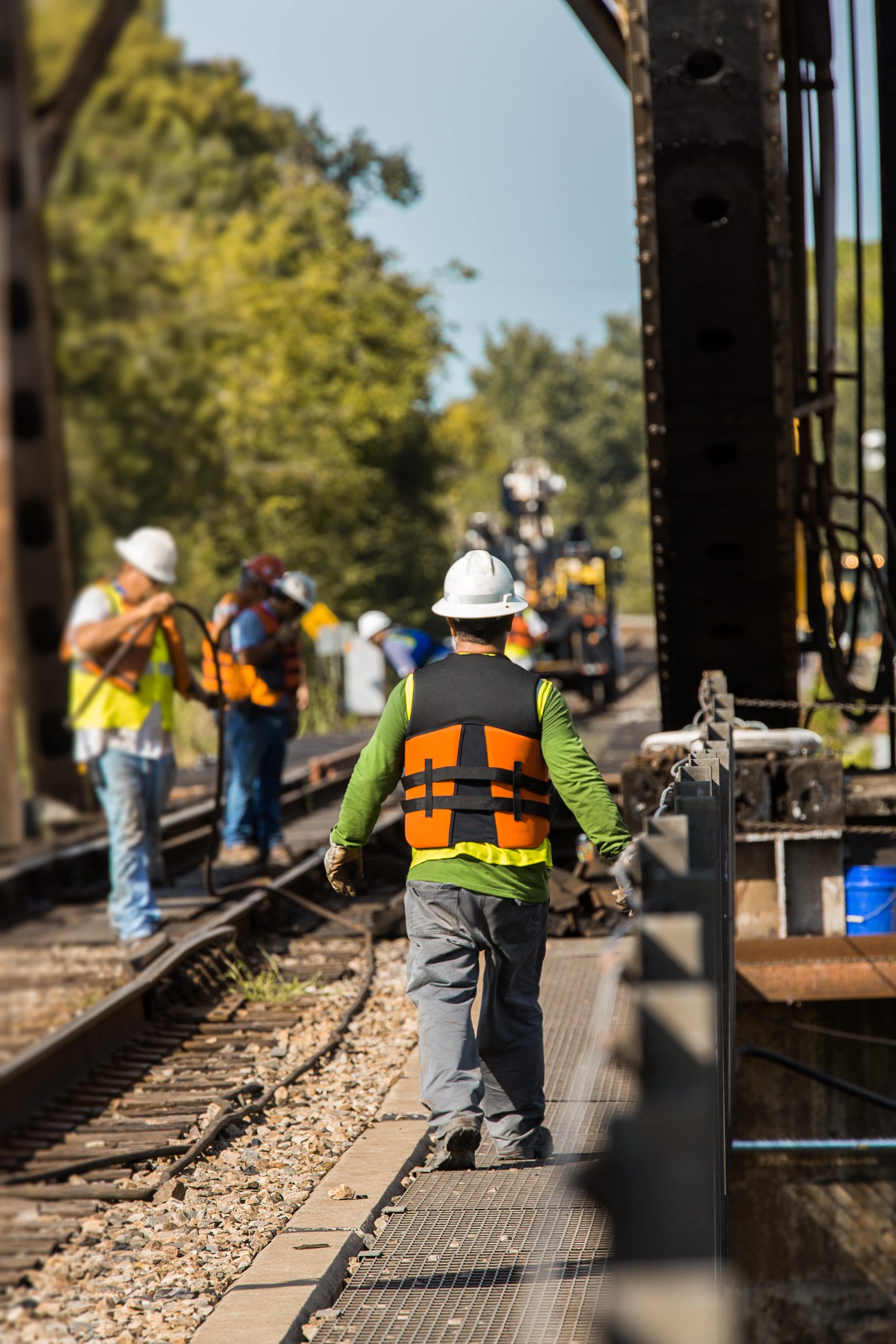Railroad Cancer Lawsuit Settlements: Navigating Claims and Understanding Your Rights
The crossway of railroads and health challenges is a worrying reality for lots of people with a history in the industry. Railroad workers may be exposed to harmful materials, consisting of benzene and asbestos, which are commonly connected to numerous kinds of cancer. This article aims to educate readers on the landscape of railroad cancer lawsuit settlements, what claims can be submitted, and frequently asked questions surrounding this complex concern.
Comprehending Occupational Cancer in Railroad Workers
Railroad employees, whether engineers, conductors, or maintenance workers, are typically subject to environments that expose them to cancer-causing representatives. Historically, materials such as diesel exhaust, welding fumes, and exposure to specific chemicals have actually been linked to respiratory and other systemic cancers.
Common Types of Cancers Linked to Railway Work
- Lung Cancer: Often related to exposure to diesel emissions and asbestos.
- Bladder Cancer: Commonly linked to an exposure to aniline dyes and other solvents.
- Leukemia: Primarily connected to benzene exposure.
- Mesothelioma: Caused by asbestos exposure, prevalent in older railway designs.
- Prostate Cancer: Some studies recommend a connection with particular chemicals found in railroad settings.
Lawsuit Framework
Workers identified with these conditions might be entitled to pursue claims under various legal frameworks, primarily involving:
- Federal Employers Liability Act (FELA): This federal law allows railroad workers to sue their companies for injury or occupational illness brought on by neglect.
- Employee's Compensation: This state-level advantage might apply to particular cases depending on jurisdiction.
Table 1: Differences Between FELA and Worker's Compensation
| Function | FELA | Worker's Compensation |
|---|---|---|
| Negligence Requirement | Yes | No |
| Amount of Compensation | Often higher | Limited to medical and lost earnings |
| Legal Fees | Contingency fees are typical | Normally no legal charges |
| Jurisdiction | Federal law | State law |
| Time Limits | Approximately 3 years to file | Differs by state |
Understanding the ramifications of these different routes is essential for rail workers seeking justice and compensation.
Actions to Filing a Claim
- Consult a Qualified Attorney: Engaging a lawyer specializing in railroad litigation is crucial.
- Gather Medical Records: Document medical diagnosis and treatment history.
- Gather Evidence of Exposure: This includes employment history and records of harmful products used.
- File the Claim: Depending on your chosen route (FELA or worker's comp), your attorney will assist in filing.
- Work out or Go to Trial: The bulk of FELA cases are settled out of court.
Table 2: Potential Compensation Factors
| Factor | Description |
|---|---|
| Medical Costs | Existing and future treatment expenditures |
| Lost Wages | Profits lost throughout treatment and healing |
| Pain and Suffering | Compensation for emotional distress |
| Impairment | If the cancer leads to a permanent disability |
| Loss of Consortium | Compensation for family relations impacted |
Settlements and Verdicts
The amount granted in rail road cancer lawsuits can differ widely based upon many factors, including the intensity of the condition, the clarity of proof connecting the illness to rail work, and jurisdictional laws. Settlements can range from tens of thousands to millions of dollars depending on the circumstances of the case.
Table 3: Recent Settlement Examples
| Case Type | Settlement Amount | Key Factors |
|---|---|---|
| Lung Cancer (FELA claim) | ₤ 2 million | Occupational exposure to diesel fumes |
| Mesothelioma | ₤ 5 million | Asbestos exposure over decades |
| Bladder Cancer (Worker's Comp) | ₤ 150,000 | Minimal exposure records |
Regularly Asked Questions (FAQs)
1. Who is qualified to submit a railroad cancer lawsuit?
Railroad workers who have been identified with a cancer thought to be brought on by occupational exposure can file a lawsuit under FELA or worker's compensation, depending on the situation.
2. What types of proof will I need to support my claim?
You will need medical records, documents of exposure to hazardous materials, evidence of employment duration, and potentially witness statements.
3. How long do I have to sue?
Under FELA, you usually have 3 years from the date of the injury or medical diagnosis to sue. Time frame can differ based on state laws in worker's compensation cases.
4. What if my company attempts to deny my claim?
If your claim is rejected, your attorney can assist in appealing the decision or guiding you in submitting a lawsuit.
5. Are there any expenses upfront to submit a claim?
Most injury lawyers run on a contingency fee basis, implying you do not pay unless you win a settlement.
Navigating the waters of railroad cancer lawsuit settlements can be challenging, particularly for those who are currently dealing with the health ramifications of their occupational risks. Comprehending the available legal paths, collecting the best evidence, and seeking advice from with specialized legal counsel can considerably enhance your opportunities for a successful claim. If you or someone you know has actually received a medical diagnosis of cancer that might be linked to railroad work, starting a conversation with a certified attorney is a prudent next action.
This helpful summary aims to empower railroad workers and their families to promote for their rights and look for the essential compensation for their injuries. By understanding Railroad Cancer Settlements , possibly impacted individuals can arm themselves with the understanding to pursue justice successfully.

